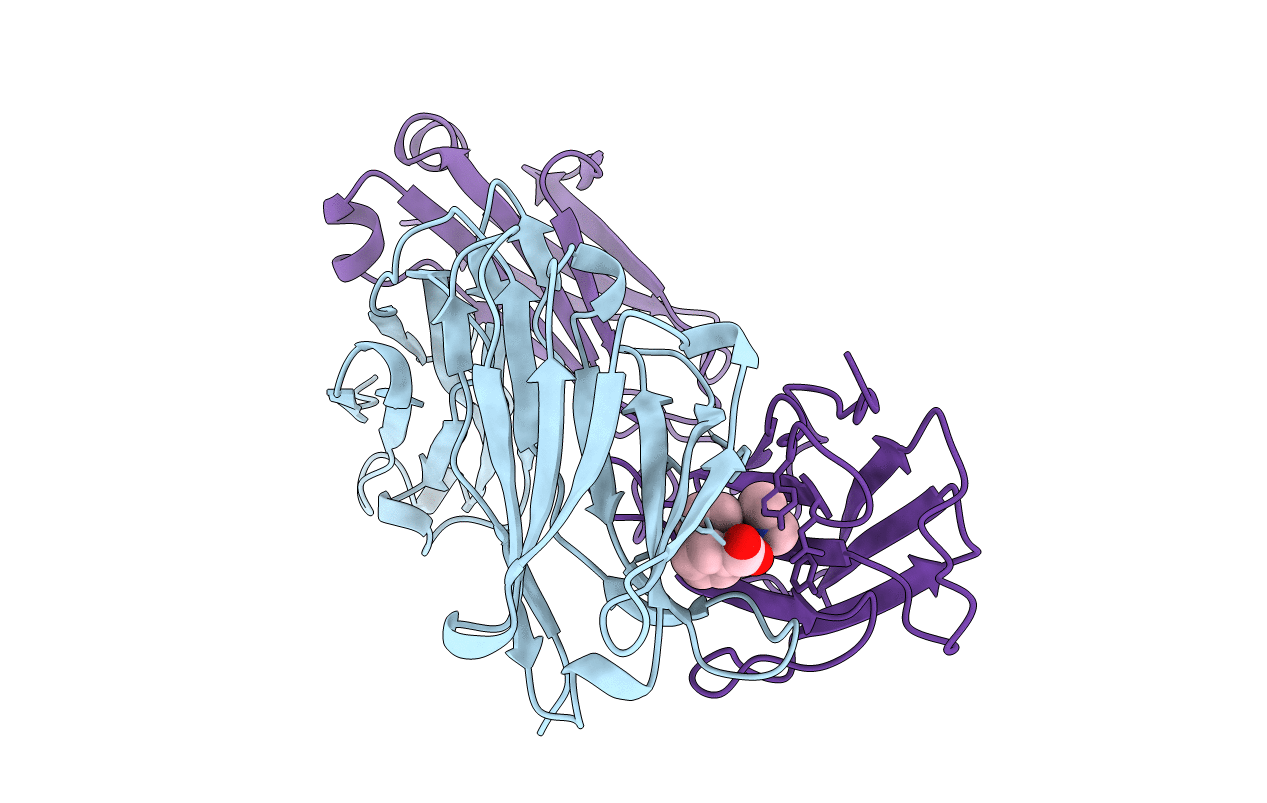
Deposition Date
1998-01-22
Release Date
1999-02-16
Last Version Date
2024-10-30
Entry Detail
PDB ID:
1A3L
Keywords:
Title:
CATALYSIS OF A DISFAVORED REACTION: AN ANTIBODY EXO DIELS-ALDERASE-TSA-INHIBITOR COMPLEX AT 1.95 A RESOLUTION
Biological Source:
Source Organism:
Mus musculus (Taxon ID: 10090)
Method Details:
Experimental Method:
Resolution:
1.95 Å
R-Value Free:
0.26
R-Value Observed:
0.18
Space Group:
C 1 2 1


